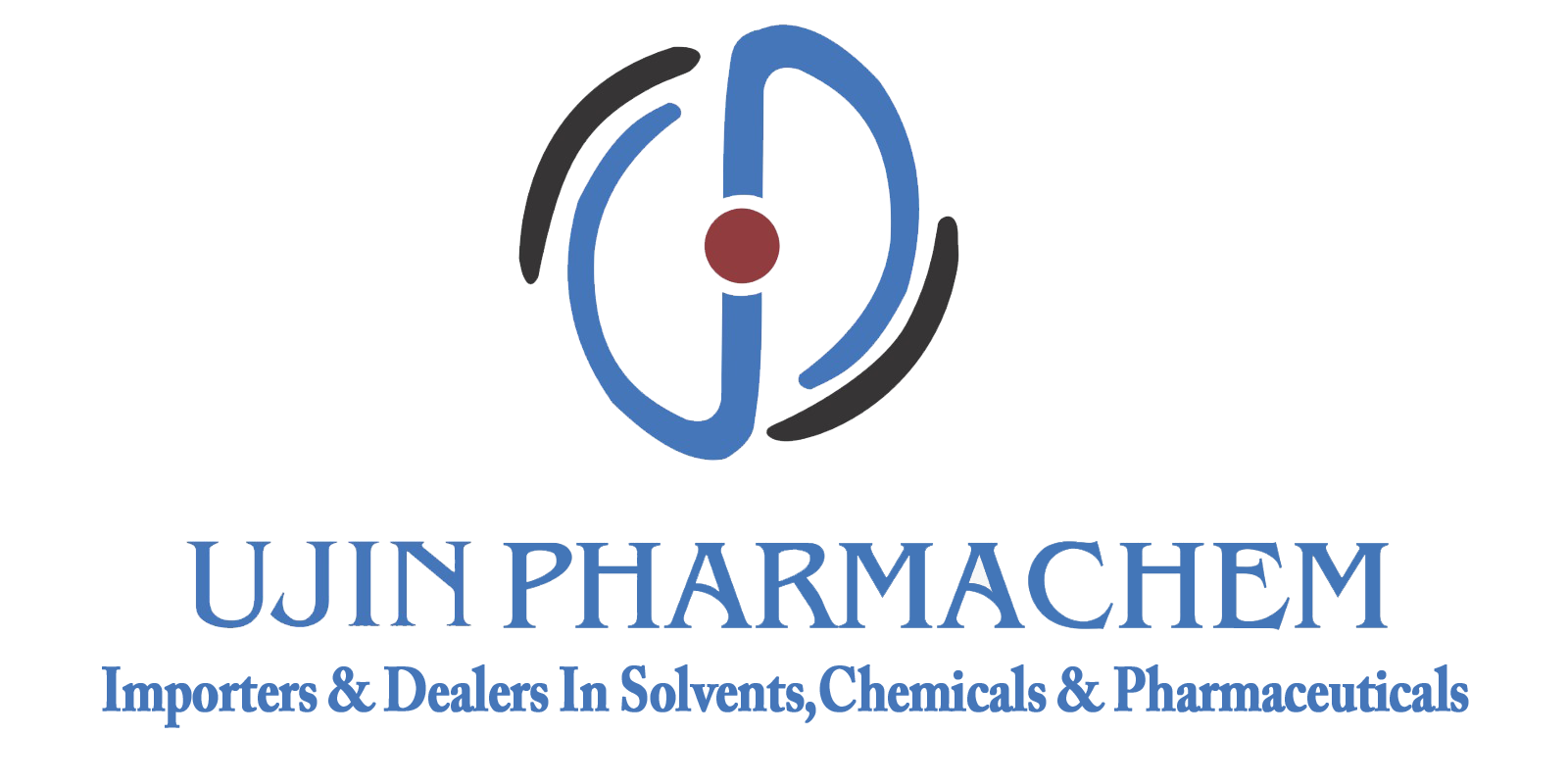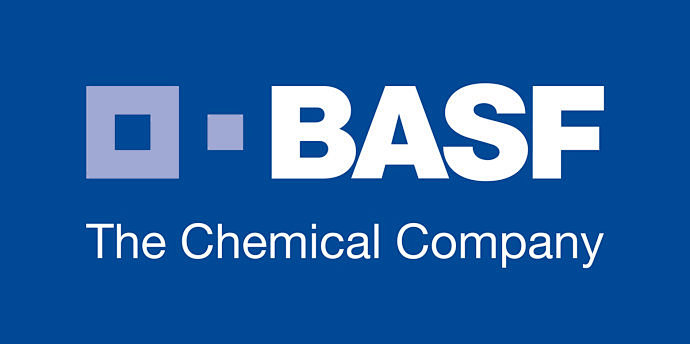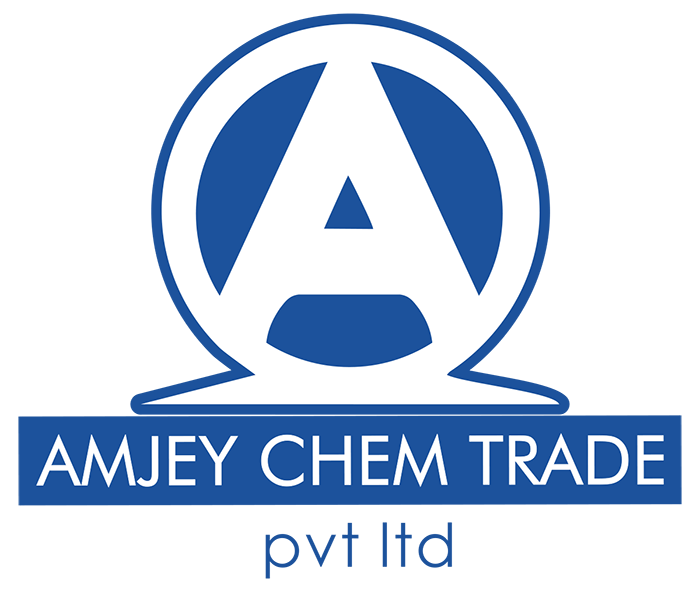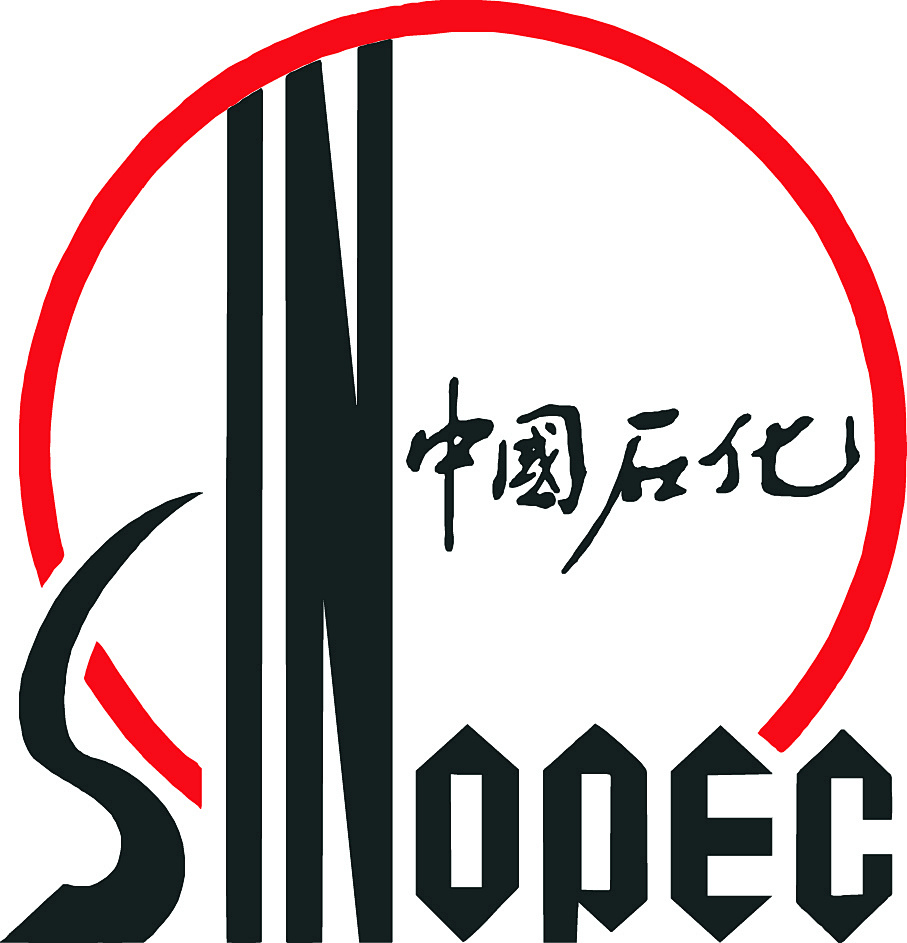GHS Label elements, including precautionary statements
Precautionary statements
P210 Keep away from heat/sparks/open flames/hot surfaces. — No smoking.
P260 Do not breathe dust/fume/gas/mist/vapours/spray.
P262 Do not get in eyes, on skin, or on clothing.
P280 Wear protective gloves/protective clothing/eye protection/face protection.
P301+P310 IF SWALLOWED: Immediately call a POISON CENTER or doctor/physician.
P302+P352 IF ON SKIN: wash with plenty of soap and water.
P305+P351+P338 IF IN EYES: Rinse cautiously with water for several minutes. Remove contact lenses, if present and easy to do. Continuerinsing.
P331 Do NOT induce vomiting.
P370+P378 In case of fire: Use … for extinction.
Hazard statements
H226 Flammable liquid and vapour
H303 May be harmfulif swallowed
H304 May be fatal if swallowed and enters airways
H312 Harmful in contact with skin
H315 Causes skin irritation
H319 Causes serious eye irritation
H332 Harmful if inhaled
H335 May cause respiratory irritation
H373 May cause damage to organs through prolonged or repeated exposure
H412 Harmful to aquatic life with long lasting effects
![]() +086 1911-7288-062 [ CN ]
+086 1911-7288-062 [ CN ]






































































































